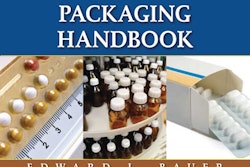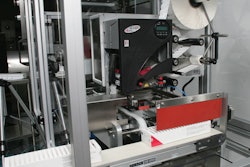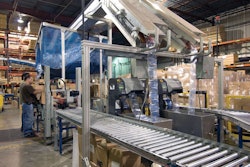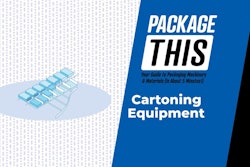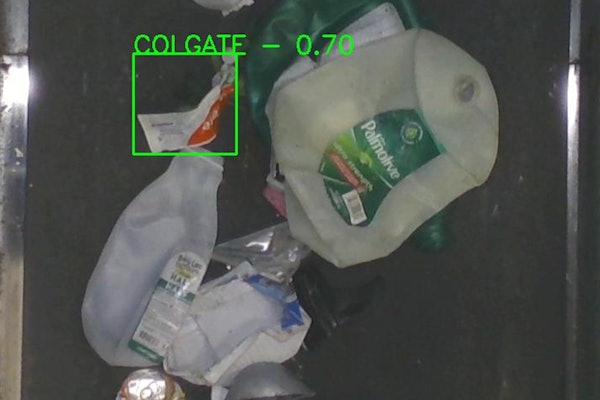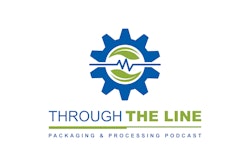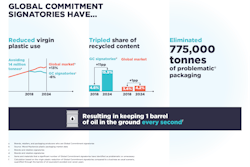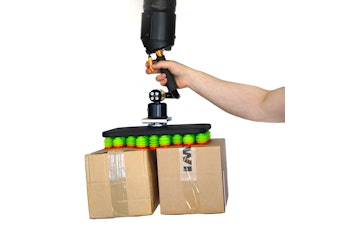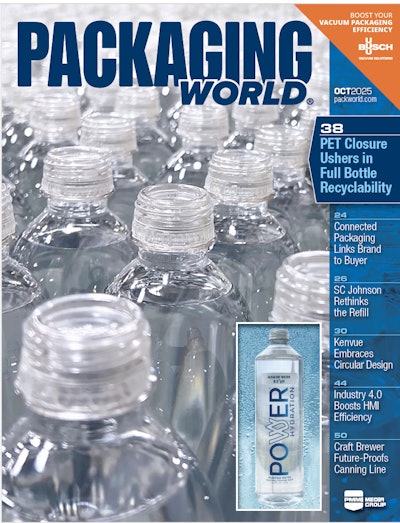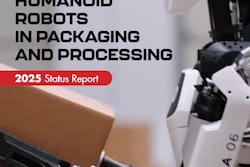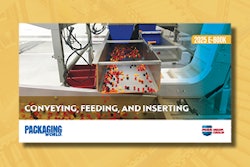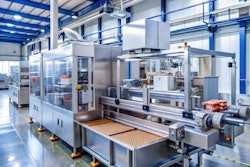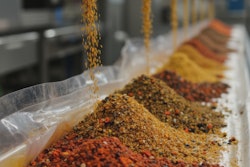"If you have a standard module that you can add or remove from a machine, it makes for a quicker build time, more functionality, and reduced cost," says Steffens.
A good example, says Gifford, is the family of net-weigh bulk bag fillers the firm sells to pet food manufacturers. "In one family of machines, we have a single-spout or dual-spout configuration," says Gifford. "Then there's two-, three-, or four-station configuration. If people want to run strictly paper bags on a single-spout machine, we have that for them. But if they want to run paper and poly on a four-station double-spout machine, we make that available, too."
The growing popularity of Ethernet connectivity is another trend that these Thiele engineers are seeing. "It's fast and it moves a lot of data," says Steffens.
Better communications capability, says Gifford, leads to tighter integration of discrete pieces of packaging machinery that make up a packaging line. From net-weigh scales at the beginning of a line to the palletizer or stretch wrapper at the end, rapid and constant information sharing is becoming the norm.
"Even systems upstream from packaging are brought into the network," says Gifford. "Look at blenders, extruders, and ovens, for example. A pet food manufacturer can load a recipe for a certain kind of cat food and the processing and packaging equipment all switches over automatically so that it's now ready to produce and package that recipe in the required package format. We're seeing more and more that the decision-making is migrating away from someone on the plant floor and moving up to the front office. And it's these newer communications capabilities that are behind this recipe-driven manufacturing model."



